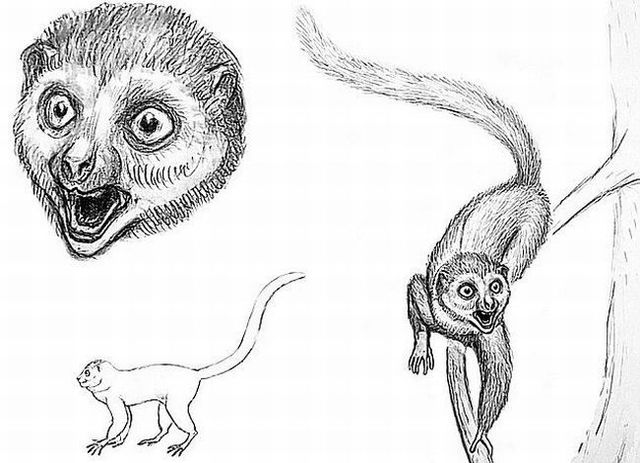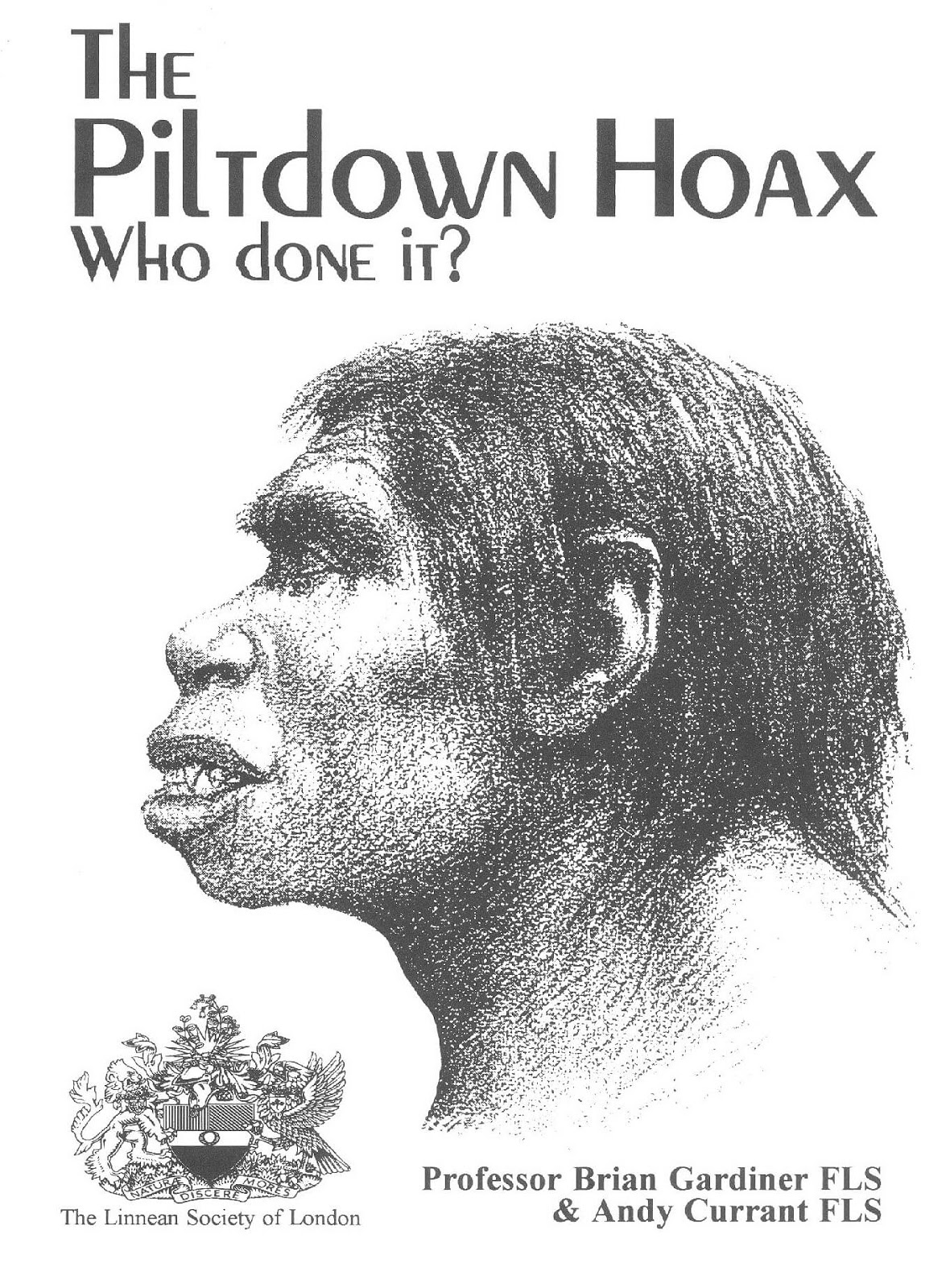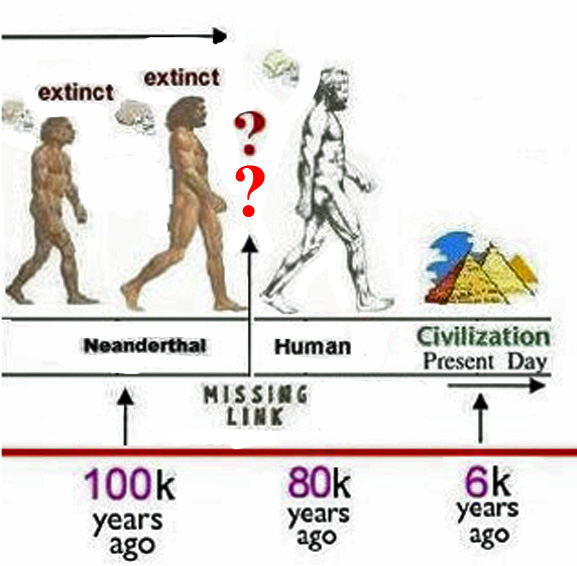
In the latter half of the 19th century, a common misinterpretation of Charles Darwin’s work was that humans were lineally descended from existing species of apes. The search for a direct connection between humans and the rest of the animal kingdom has taken 200 years but it was presented to the world today at a special. missing link, hypothetical extinct creature halfway in the evolutionary line between modern human beings and their anthropoid progenitors.

The team from Arizona State University had been surveying the region for the previous 13 years. Filed under Evolution, Science at May 19th, 2009 - 1:18 pm Scientists have unveiled a 47-million-year-old fossilised skeleton of a monkey hailed as the missing link in human evolution. I saw a premolar coming out of the sediment and it attracted my eye,” he said. “I climbed up a little plateau and found this specimen right on the edge of the hill. A Missing Genetic Link in Human Evolution Mysterious episodes of genetic duplication in our great ape ancestors may have paved the way for human evolution By Emily Singer, Quanta Magazine on. They called this Taung Child the missing link between apes and humans. erectus was viewed by many scientists as the evolutionary link between the great apes and humans. Anatomists determined that this 3-to-4-year-old child had some humanlike and some apelike features. Unfortunately, there is scant fossil evidence from this key evolutionary period. In 1924, some miners working in a limestone quarry in Taung, South Africa, found a fossil of a child. Keywords: Africa, Kenya, South Africa, hominins, bipedalism, terrestrialisation, tectonic landscape, rift valleys.
#The missing link human evolution professional
“I had good experience in field surveying and knew where potential sediments are,” he said. The missing link, as it was called, showed up more than 50 years later. In the nineteenth century the idea of a missing link connecting humans with the rest of the animal kingdom was eagerly embraced by professional scientists. It is often used in popular science and in the media.

“To have a glimpse of the very earliest phase of our lineage's evolution is particularly exciting," Dr Villmoare said.įossils from more than 3 million years ago have been found, most famously the 3.2 million-year-old skeleton of Lucy, an Australopithecus, found in 1974 in the same region.ĪSU graduate student Chalachew Seyoum found the bone partially exposed on a hillside while surveying in the Ledi-Geraru region of the Ethiopia Rift Valley, a rich area for ancient human fossils. Missing link is a non-scientific term for a hypothetical or recently-discovered transitional fossil.

The scientists said the jawbone’s owner walked on two legs in an arid environment, but they’re less sure about what it ate and whether it used stone tools, questions they intend to investigate on future expeditions to East Africa.ĭespite intense searching, scientists have found few human fossils more than 2 million years old.


 0 kommentar(er)
0 kommentar(er)
